
For those who aren’t familiar, I host a podcast called Drafting Archetypes that covers how to draft a particular archetype each week. I’ve been playing a lot of Lord of the Rings limited and doing pretty well, and I wanted to write about some general ideas that don’t necessarily fit into a single archetype.
Land Cyclers
Each color has a common card that land cycles for the corresponding basic land for a single colorless mana. The blue one is a five mana sorcery and the others are six mana creatures. These cards lead to some confusion or debate about how many lands should be included in decks that use them. If you have a deck that would normally play 17 lands, but one of your spells has land cycling, should you play 16 or 17? What if you have 3 cards that have land cycling?
My answer to this question is pretty extreme–I treat them exactly as tapped lands–I never see players considering replacing a spell with a card like Minas Tirith, that would simply replace a Plains, and I would treat Eagles of the North the same way.
The most natural comparison is the Double Faced Cards in Zendikar Rising that were either spells or tapped lands, but when you played DFCs you could have cards with a range of casting costs, which meant that you’d typically want to cast some of them in the early to mid game. The expensive land cyclers can only be cast in the late game, which leads to cycling them more often, which means it makes sense to think of them as less of a spell.
Further, these cards are actually slightly easier on your mana than tapped lands, in that you can actually play an untapped land and cycle them in your opponent’s end step, which means they play well with instants–you can hold 2 mana up for a Glorious Gale and then land cycle in your opponent’s end step and play an untapped land on turn 3.
The important thing about counting these as lands is that you have to very aggressively cycle them if you don’t have enough lands rather than waiting to see if you draw more lands–if I’ve only drawn 4 lands, I will typically cycle any of these cards when I have free mana rather than waiting to see if I need to cycle them later.
I like to prioritize these cards pretty highly when played this way, and I’ve gone as far as to play 12 lands with five land cyclers. In addition to leading to a much more powerful late game because you have very few lands remaining and a lot of powerful spells in your deck, this also makes cards that can use the cards in your graveyard better–Lórien Revealed makes Gandalf’s Sanction better and the creatures make Sam’s Desperate Rescue and Revive the Shire better–in addition to making sure you have a target, they change the way these cards function from just getting back a card you’ve already cast, meaning one that you had enough mana to cast previously, land cyclers allow you get back either a land or a more expensive creature, giving you both more consistency and more flexibility.

Tempted by the Ring
The Ring is a powerful mechanic, and most cards that say “the Ring temps you” are pretty strong/better than they might look. However, in most cases, the second and fourth time you use this ability are the strongest, and getting more ring levels is more important the more you’ll be able to continue to make sure that you have a ring bearer. This means that if you expect to have only one or two cards that tempt you, that ability won’t matter much and you likely want to play something else instead, unless you like the rest of what the card’s doing. For the most part, the more tempt you have, the better each tempt card is.
Took Reaper is a good test case for this because there are a lot of other two mana white creatures and they’re largely interchangeable, but if Took Reaper is your only card that tempts, it’s the worst of all the two mana white creatures, but if you have 5 or more other cards that tempt, it’s probably the best.
If you can reliably have a ring bearer you’ll get to smooth your draws and eventually deal a lot of extra damage to your opponent. Having a lot of tempt cards isn’t necessarily compatible with all strategies, but where possible it’s a good idea to prioritize tempting, and more practically, to prioritize each tempt card more the more other tempt cards you have or expect to have.
Color Specific Notes:

White:
The best white commons are creatures that generate additional value -Errand-Rider of Gondor, Protector of Gondor, and Eastfarthing Farmer. Each of these cards have triggers when they enter the battlefield, which is a good start for playing Slip On the Ring, which, notably has the worst win rate of any white common on 17lands.com, a site that aggregates performance of cards on Arena. I think Slip On the Ring can actually be very good in a GW Food–a maligned archetype that I think wants try lean on playing as much tempt as it can get away with. If you have multiple Eastfarthing Farmers in particular, then Slip On the Ring becomes very good as a combat trick, but you shouldn’t play it if you’re not using it exceptionally well.
White in general is a very high synergy color–I’ve already talked about Took Reaper and Slip on the Ring; Eastfarthing Farmer is quite good if you make a lot of other food and use food well, but pretty bad otherwise. Hobbit Sting is good if you make a lot of food, sometimes ok if you make a lot of tokens, and pretty bad otherwise.
In general, you need to pay a lot of attention to how your white cards work together.
Blue:
Blue is my most played color in Lord of the Rings draft, and I think it’s very good, but key is that outside of Pelargir Survivor, every common creature is bad and almost all of the instants and sorceries are good. Thanks to Amass you don’t really need to worry about having creatures in your deck–even combat tricks like Deceive the Messenger and Dreadful as the Storm are good even without having creature cards in your deck. You might feel like you need to prioritize creatures while you’re drafting because there are so few good creatures and it might look like your deck has to have them, but it really doesn’t, and you should actually be trying to minimize rather than maximize the number of creatures in most of your blue decks.
Black:
Black is the strongest color and its cards are very flexible. The Ring is particularly important to Black, and Dunland Crebain is the best ring bearer. You should typically highly prioritize cards that tempt you in almost all black decks.
Red:
Rally at the Hornburg is the best red common; haste is incredible and 1/1s are better in this format than usual because they carry the ring well or they block ring bearers when you have to. Similarly Quarrel’s End is a lot better than it looks and it’s appreciably underrated. These tokens play really well with blue because they let you get creatures without needing to play creature cards, but also good with black because you can sacrifice the creatures in various ways, and white because there are various payoffs for having a lot of creatures and/or humans specifically. If you’re playing Red with Green, you might value the token cards slightly lower.
Green:
Green is the worst performing color both because its cards aren’t great, and also and more importantly because there are multiple green archetypes that are essentially traps. In my opinion Elves/Scry is the biggest of these traps, followed by Food. Green should be prioritizing mana fixing and tempt, which allows it to smooth its draws while playing any powerful cards it sees. Because Mirrormere Guardian and Enraged Huorn both tempt and have 4 power, Ent’s Fury plays well in green decks that prioritize those cards, and I think the best green decks prioritize all of those, as well as Generous Ent, Wose Pathfinder, and Many Partings.
Elven Farsight is a tricky card–it wants you to play a large number of creatures, which a lot of green decks don’t actually want to do, but if you have a lot of landcycling creatures, it becomes a very good card, as it can essentially find a creature or land sometimes and you can play fewer lands and more creatures to increase its chance of hitting. You shouldn’t prioritize it highly, but it can make your deck quite a bit better if it happens to be a good fit.





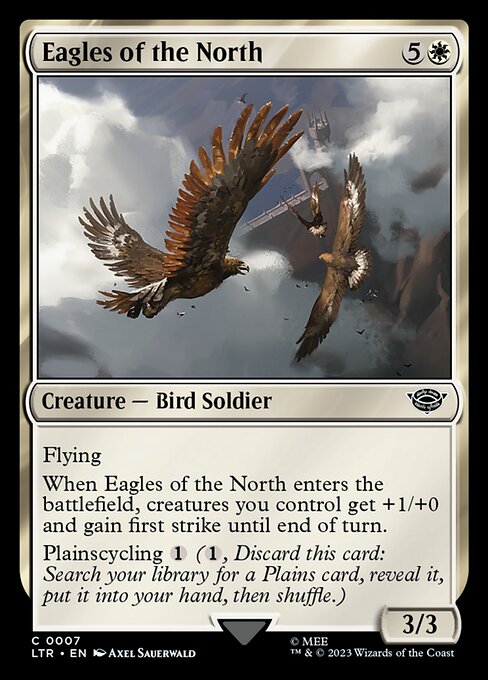
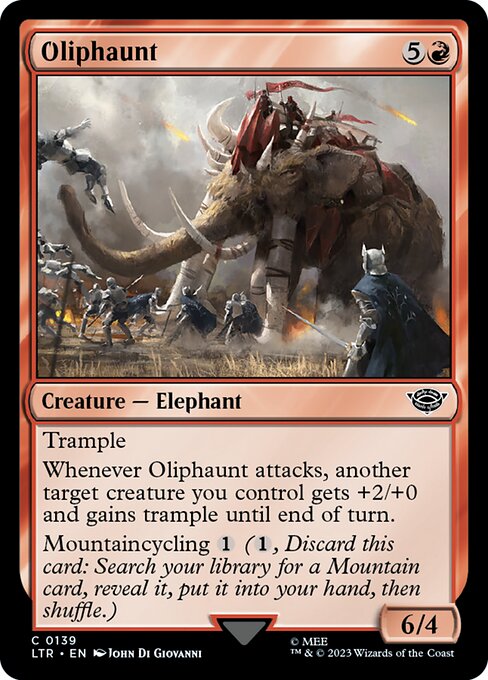
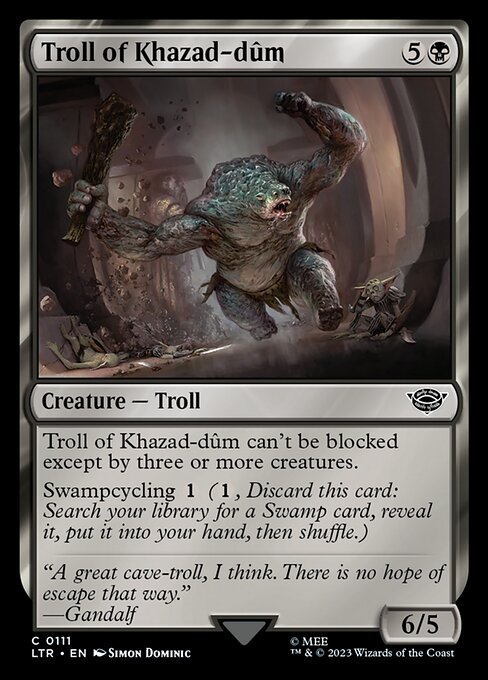


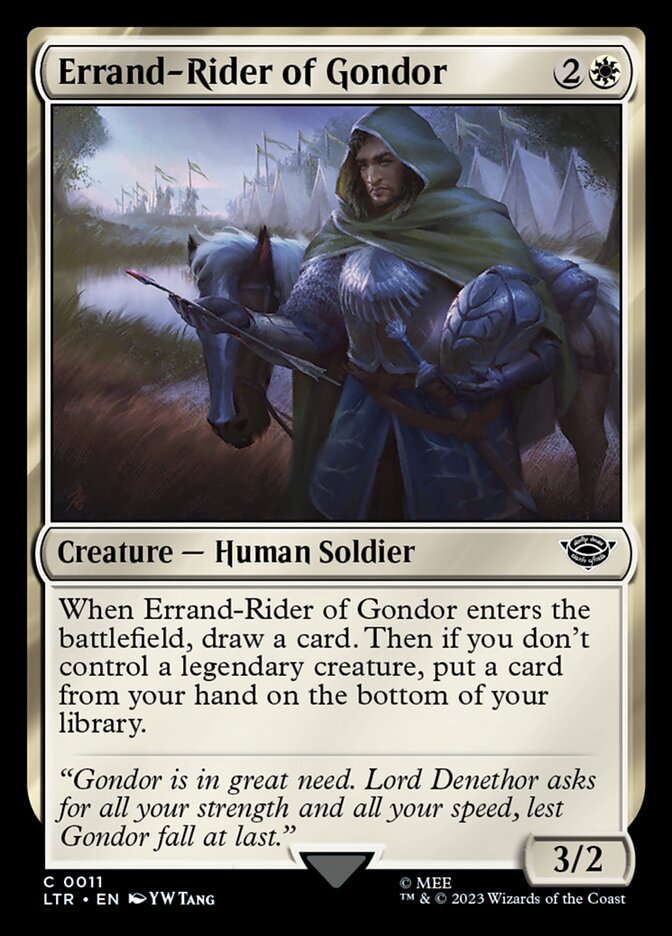
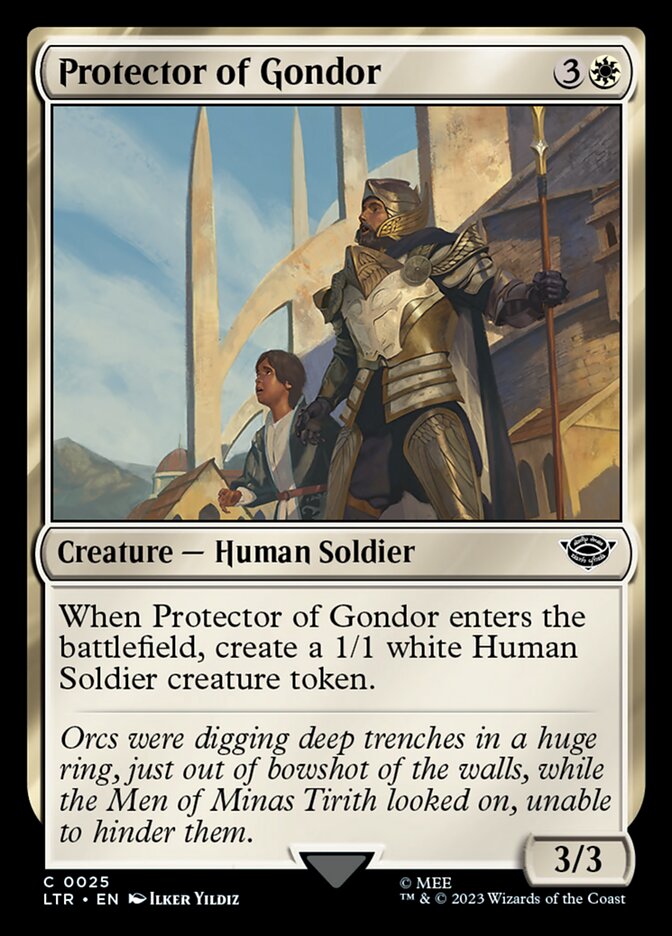
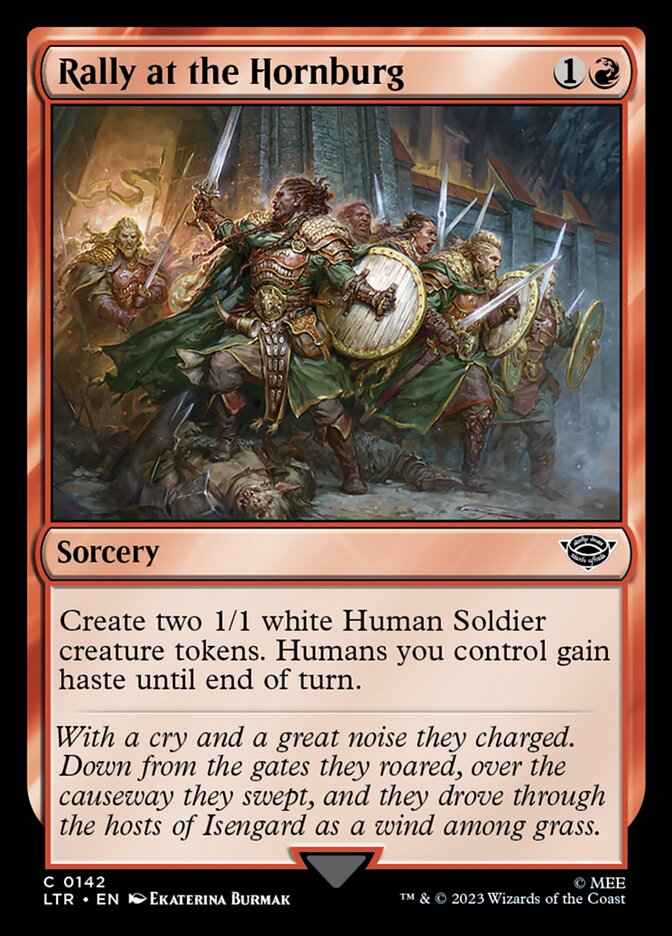
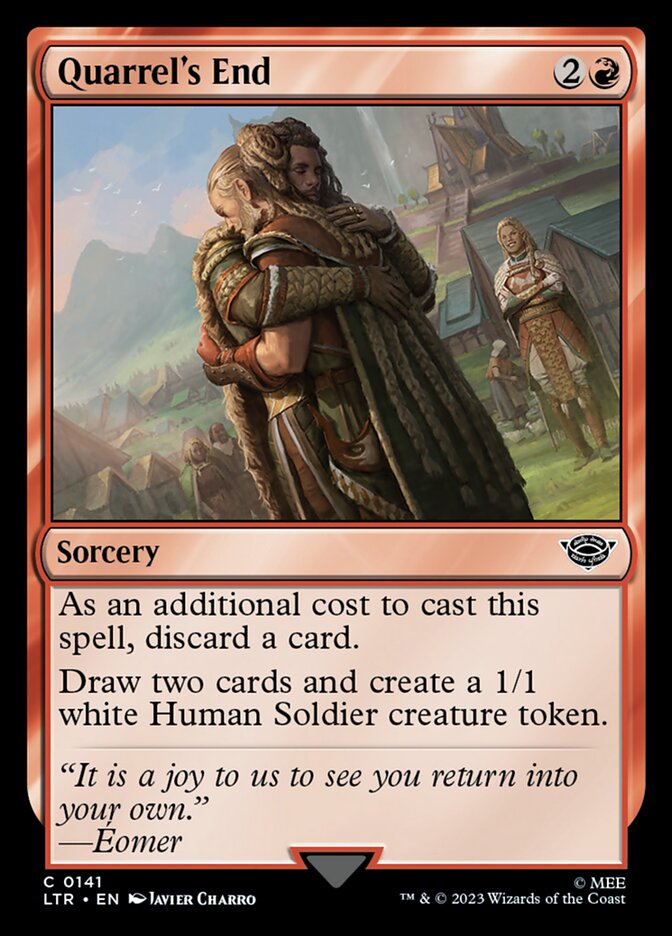

Comment
Join the conversation